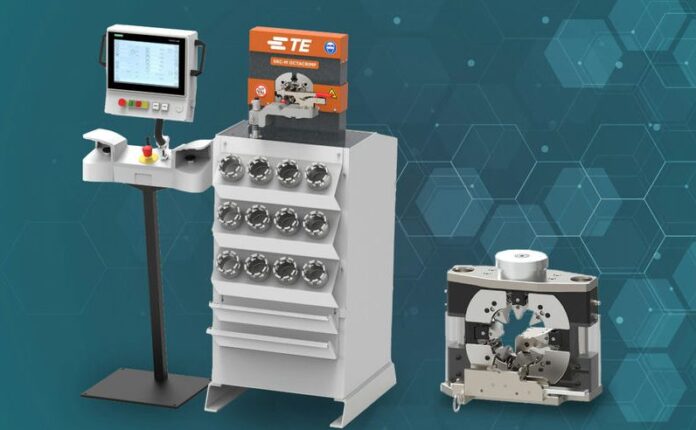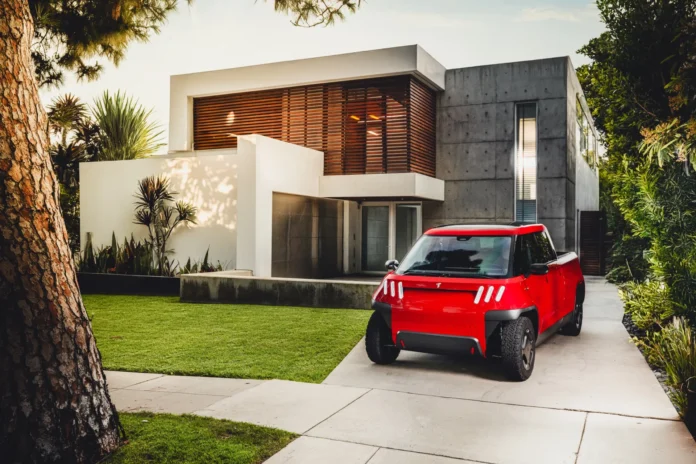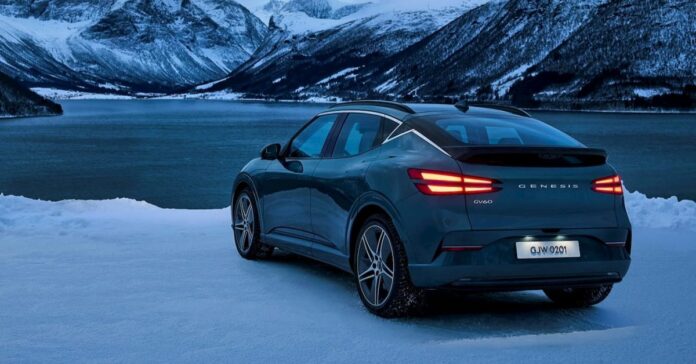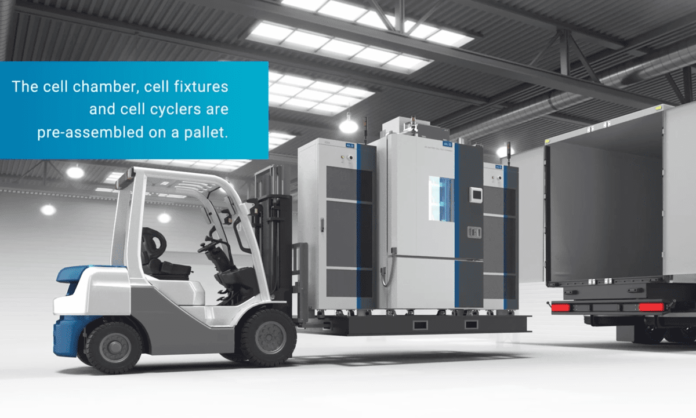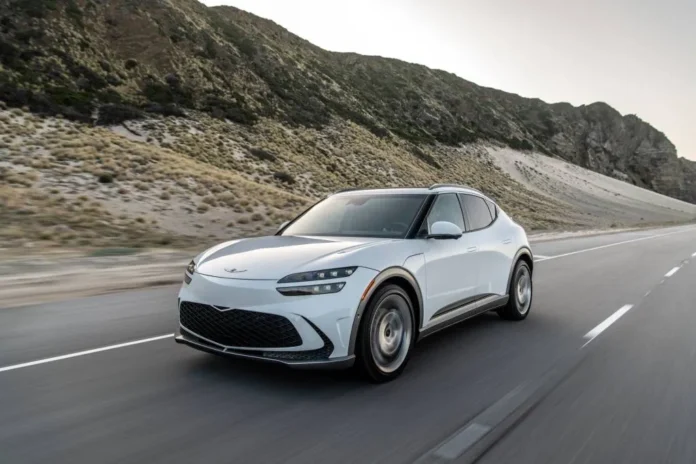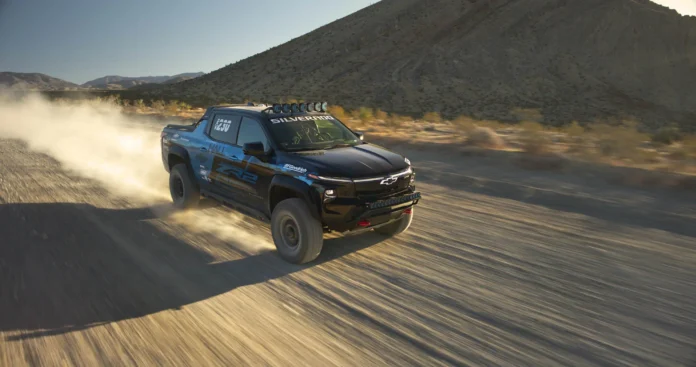Recipients of federal “green bank” funding are in an increasingly tough spot. The eight nonprofits sharing the $20 billion Greenhouse Gas Reduction Fund have only ever been able to withdraw enough money to pay two weeks’ worth of expenses. It’s now been two weeks since Trump’s crusade against the program began, meaning they can’t access money for salaries, rent, and other costs. And the administration shows no signs of stepping back, as U.S. Environmental Protection Agency Administrator Lee Zeldin this week asked his agency’s inspector general to investigate the green bank initiative.
California’s cloudy rooftop solar outlook
Rooftop solar is more popular in the Golden State than in any other, but some analysts say the energy source is in part to blame for California’s sky-high utility bills. Industry supporters say this is dead wrong, but two years ago, the state amended its rooftop solar incentives under this logic anyway — a move that caused installations to plummet and is now threatening even the largest solar firms. Sunnova announced this week it could run out of cash within the year. Now, as Canary Media’s Jeff St. John reports, advocates fear deeper cuts are on the way as the debate over rooftop solar rears its head once again. On the other side of the country, similar discourse is threatening Maine’s net energy billing rules, Sarah Shemkus reports.
What to know this week
Tariff turmoil: President Trump pauses tariffs on Canadian and Mexican goods falling under the United States-Mexico-Canada trade agreement days after implementing them, but Ontario Premier Doug Ford says a 25% surcharge on electricity sent to the U.S. will remain in place. (CNN, Politico)
Offshore wind’s rebound: Despite political headwinds for the U.S. offshore wind industry, global installations are expected to rebound to 19 GW this year. The Vineyard Wind project off Massachusetts is among those scheduled for completion. (Rystad Energy, E&E News)
Clean cars rules roll on: The federal Government Accountability Office says the Biden administration’s approval of California’s clean cars rules — which will require all new cars sold to be zero-emission by 2035 — isn’t open to congressional repeal. (Reuters)
Electrifying the Empire State: New York gets one step closer to becoming the first state to essentially ban fossil-fuel use in new buildings as the state building code council approves draft rules that would require most new buildings to be fully electrified starting in 2026. (New York Focus)
The power of coordination: A new study envisions solving utilities’ coming demand struggles with an algorithm that could coordinate home batteries, rooftop solar, and other small generation as backup power sources for the rest of the grid. (Grist)
Carbon capture concerns: Conservative, rural Louisiana residents in oil-and-gas-producing parts of the state push back on proposed carbon capture projects over concerns about surface leaks, damage to aquifers, and their use of federal funding. (The Advocate)
Charger challenges: The Trump administration’s suspension of reliability standards for public EV chargers, if kept in place, will likely lead to fewer chargers being built along highways and more chargers falling into disrepair. (Grist)
Source link by Canary Media
Author Kathryn Krawczyk
#Illinois #proves #states #lot #power #advance #clean #energy


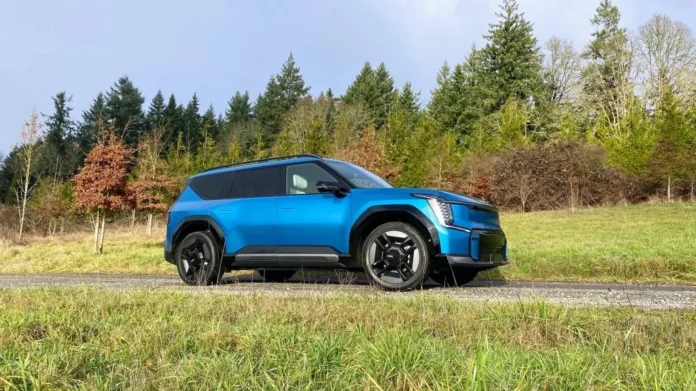
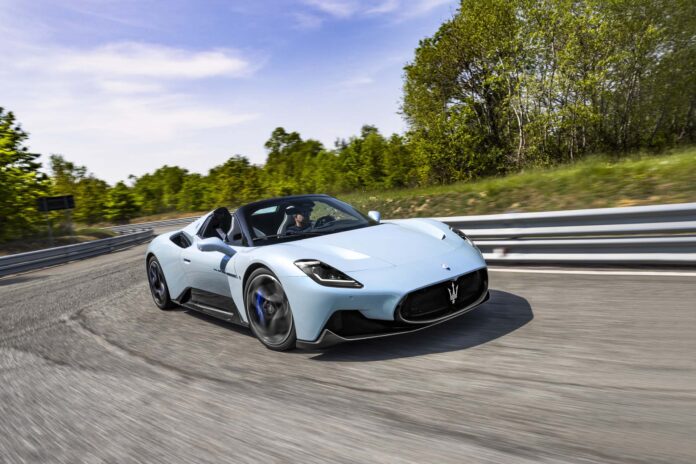




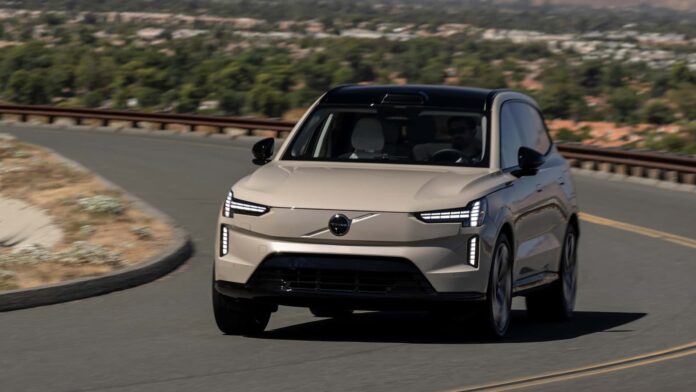
![Kia’s EV9 can power your home and save you on Kia’s EV9 can power your home and save you on energy costs: Watch how easy it is [Video]](https://ev-magazine.com/media/2025/03/1741328606_Kias-EV9-can-power-your-home-and-save-you-on-696x364.jpeg)



